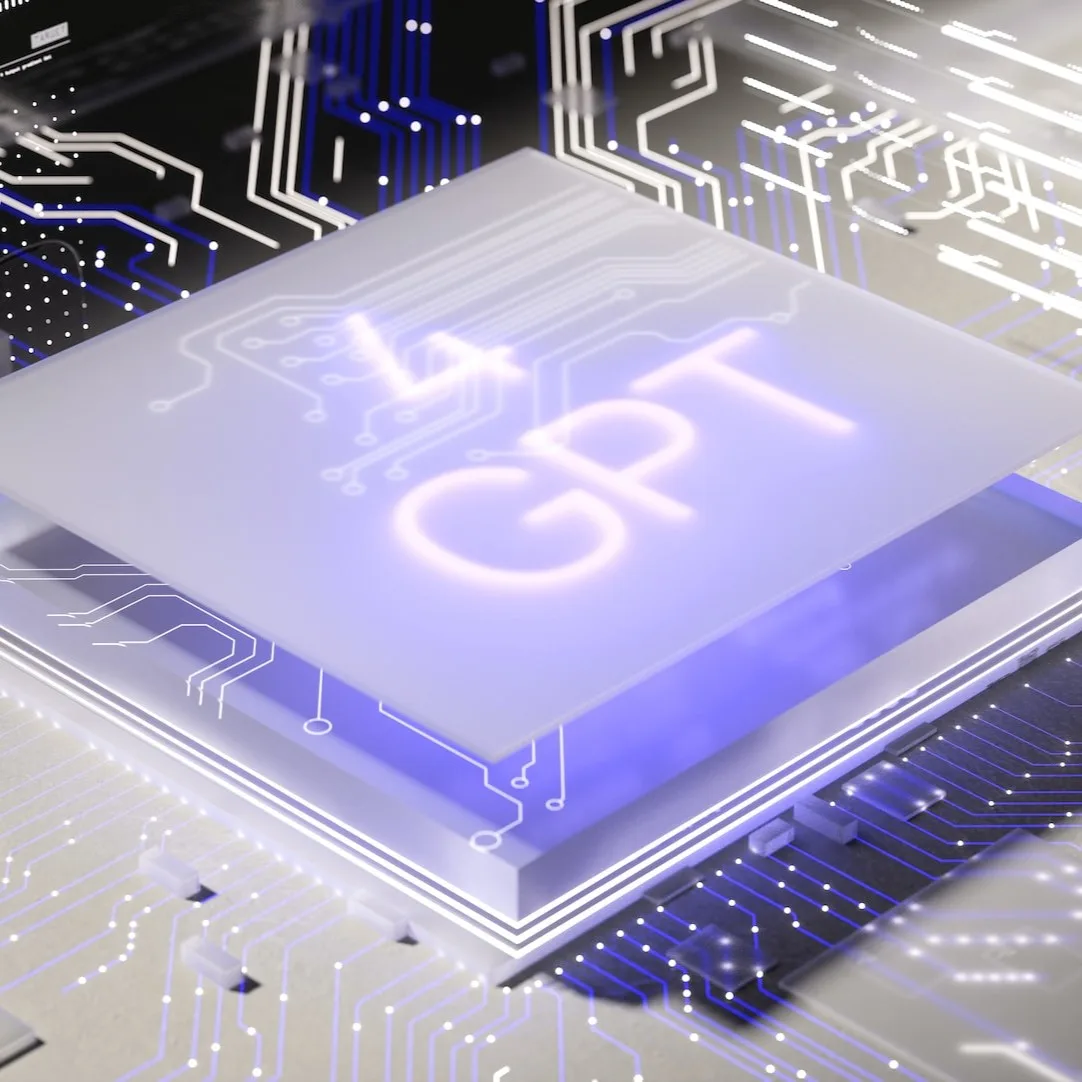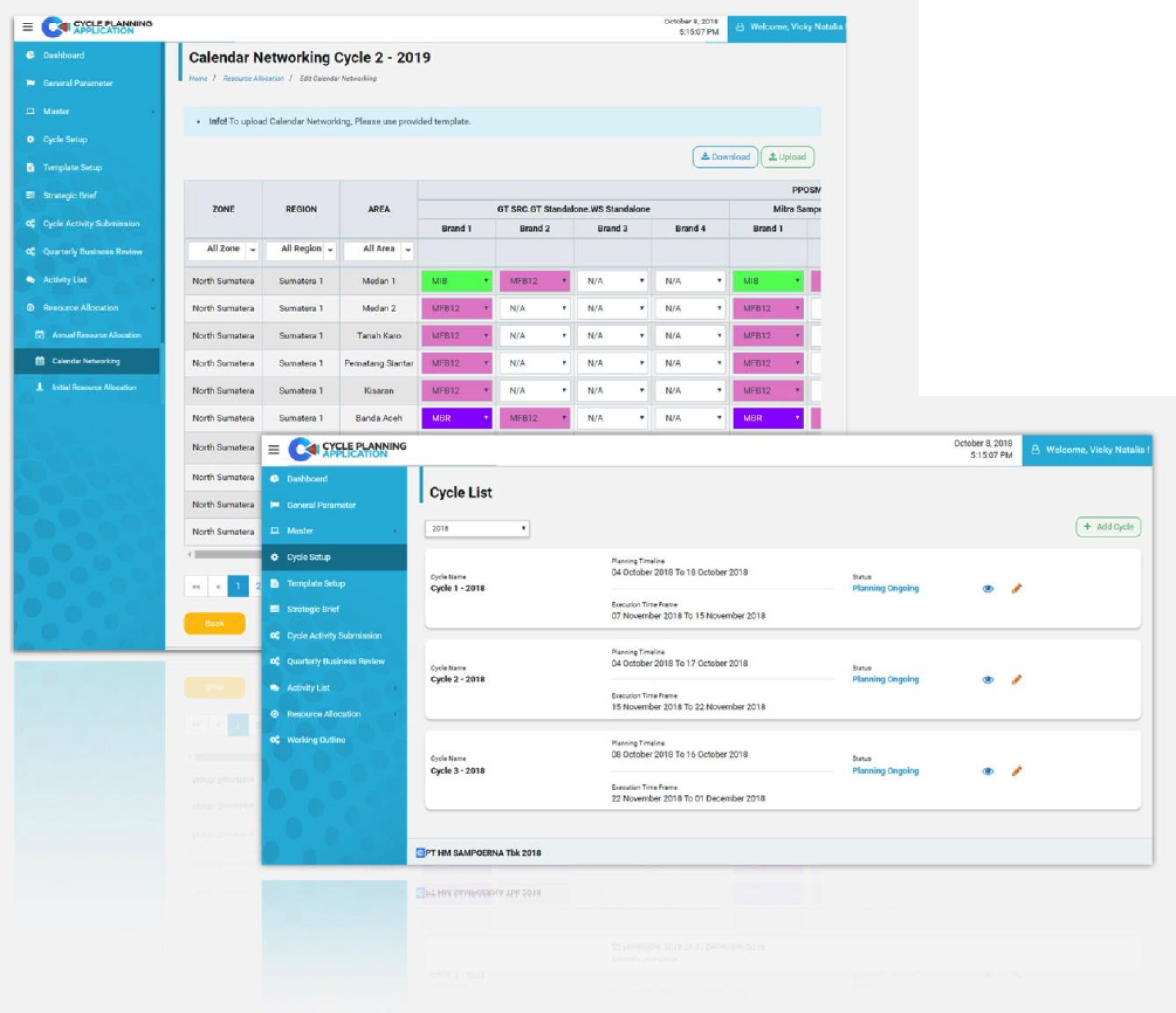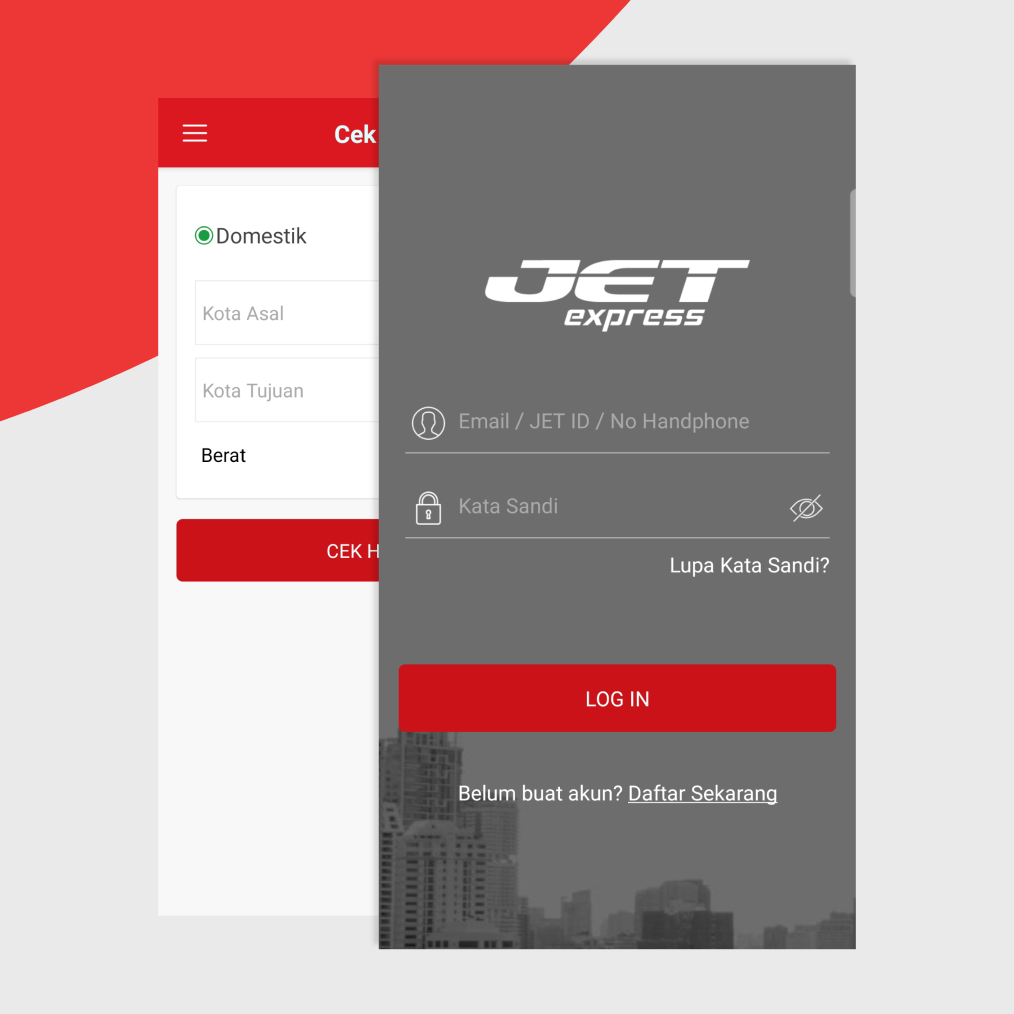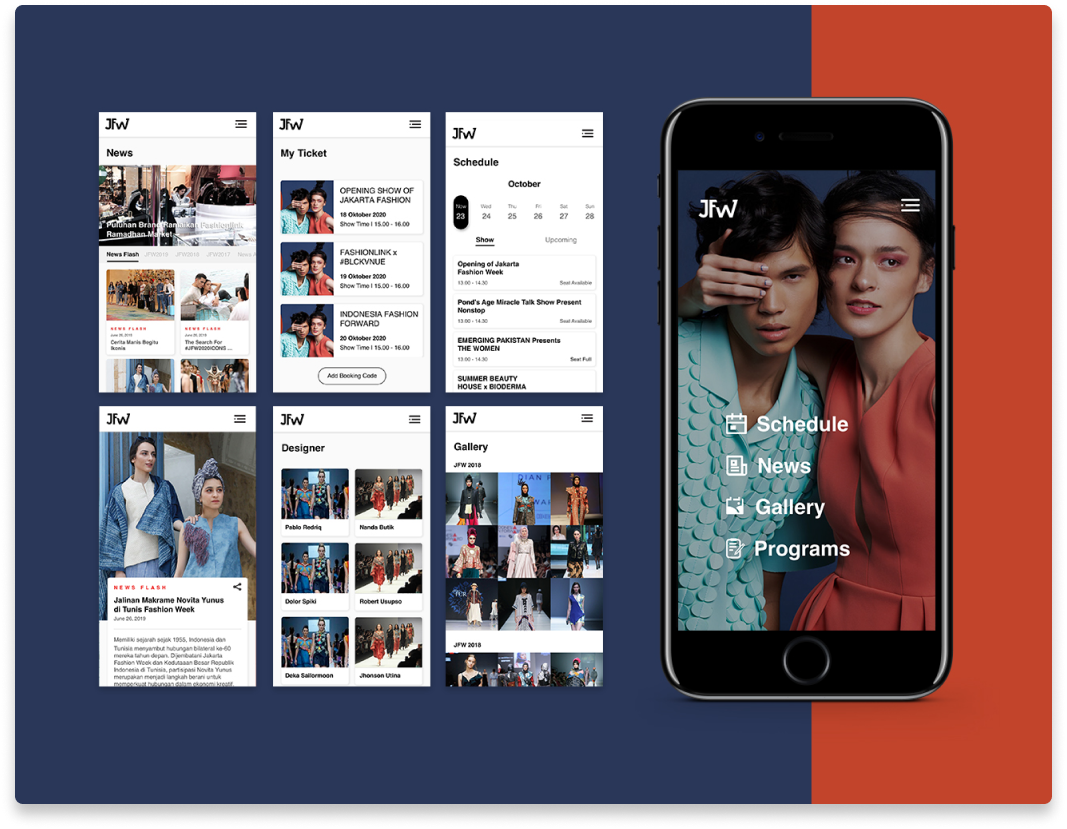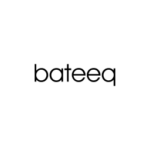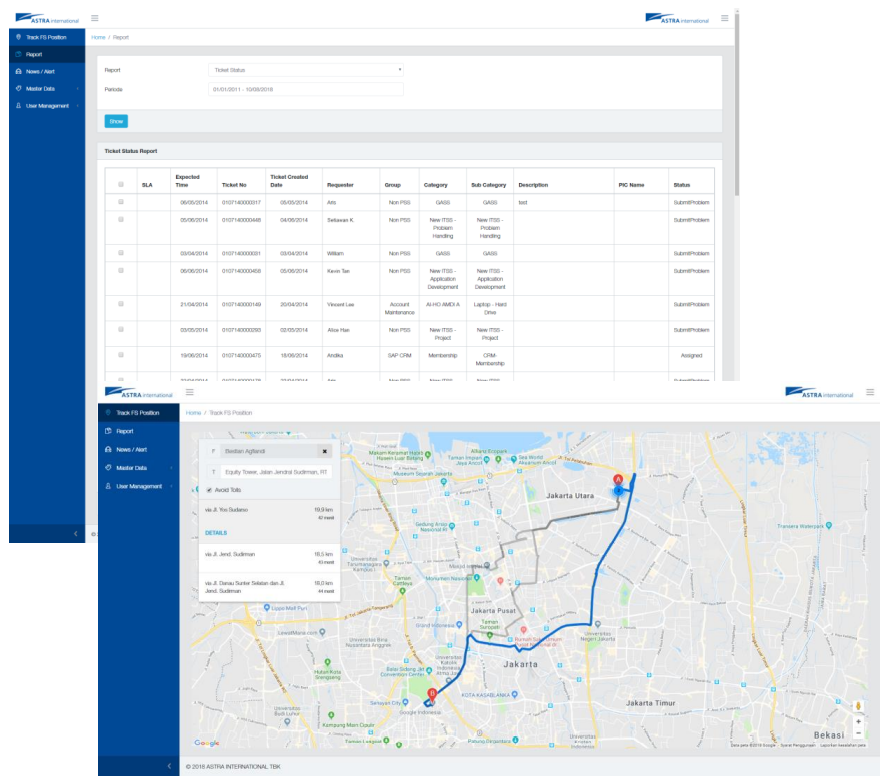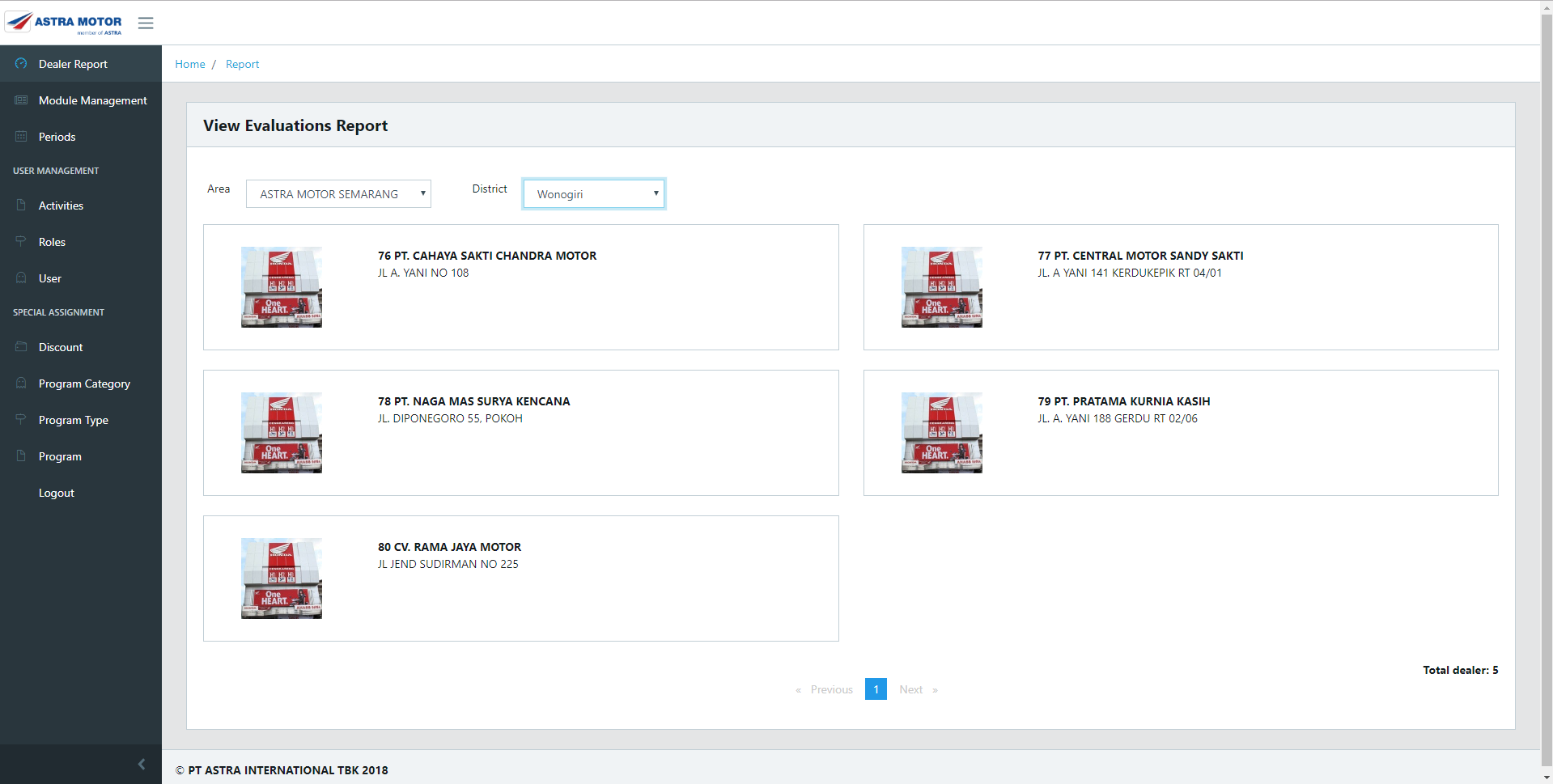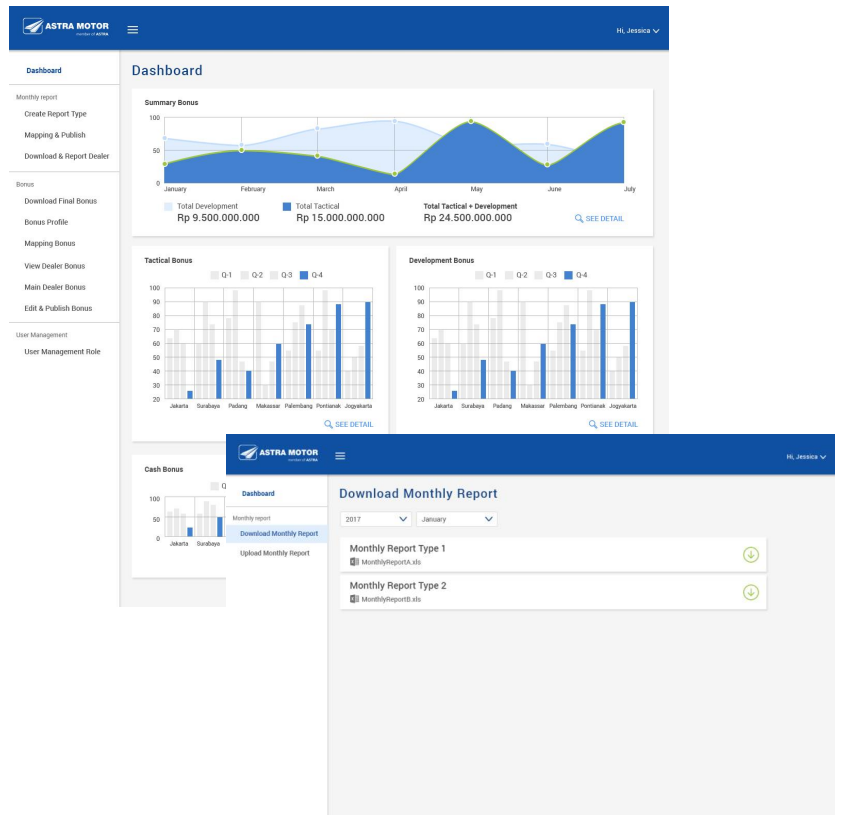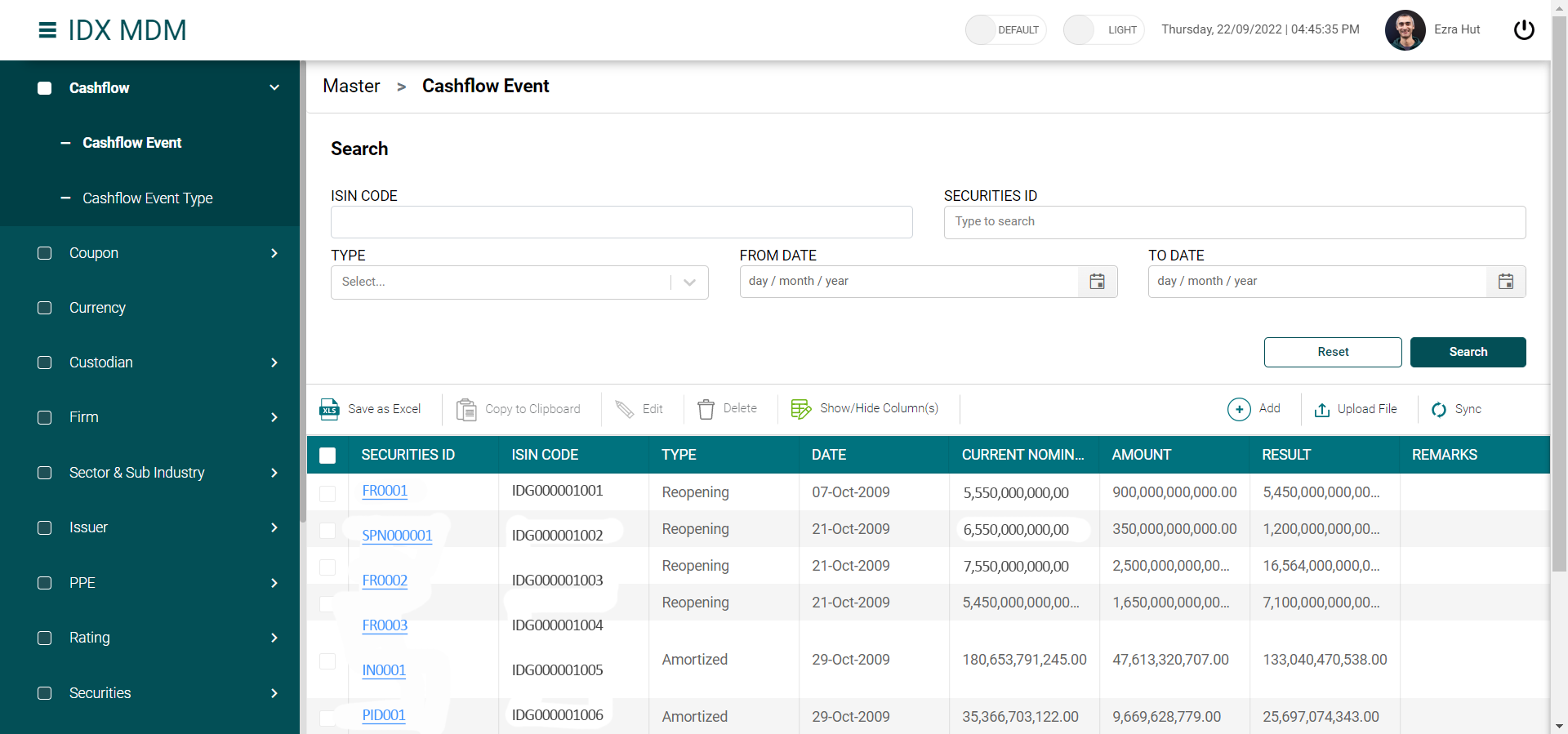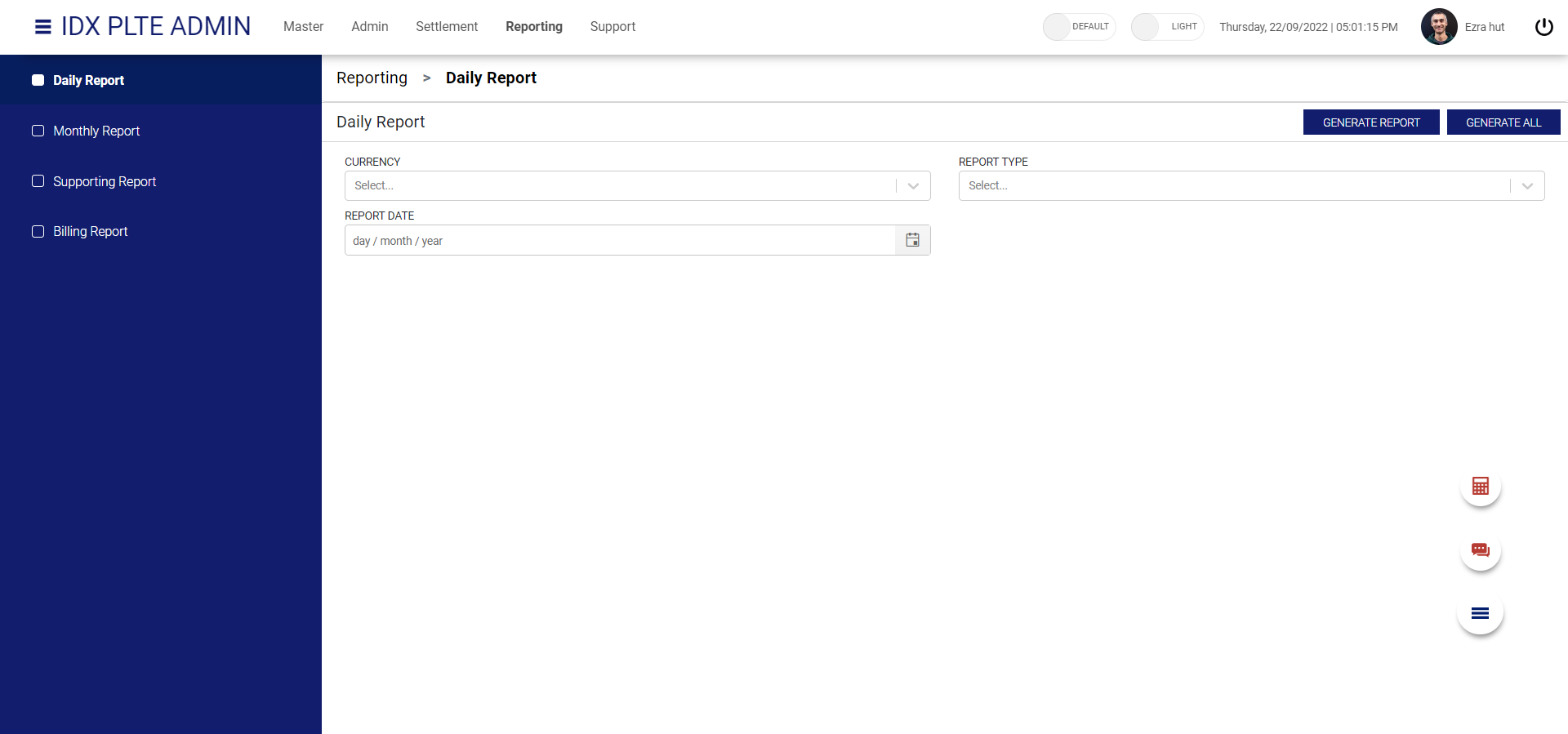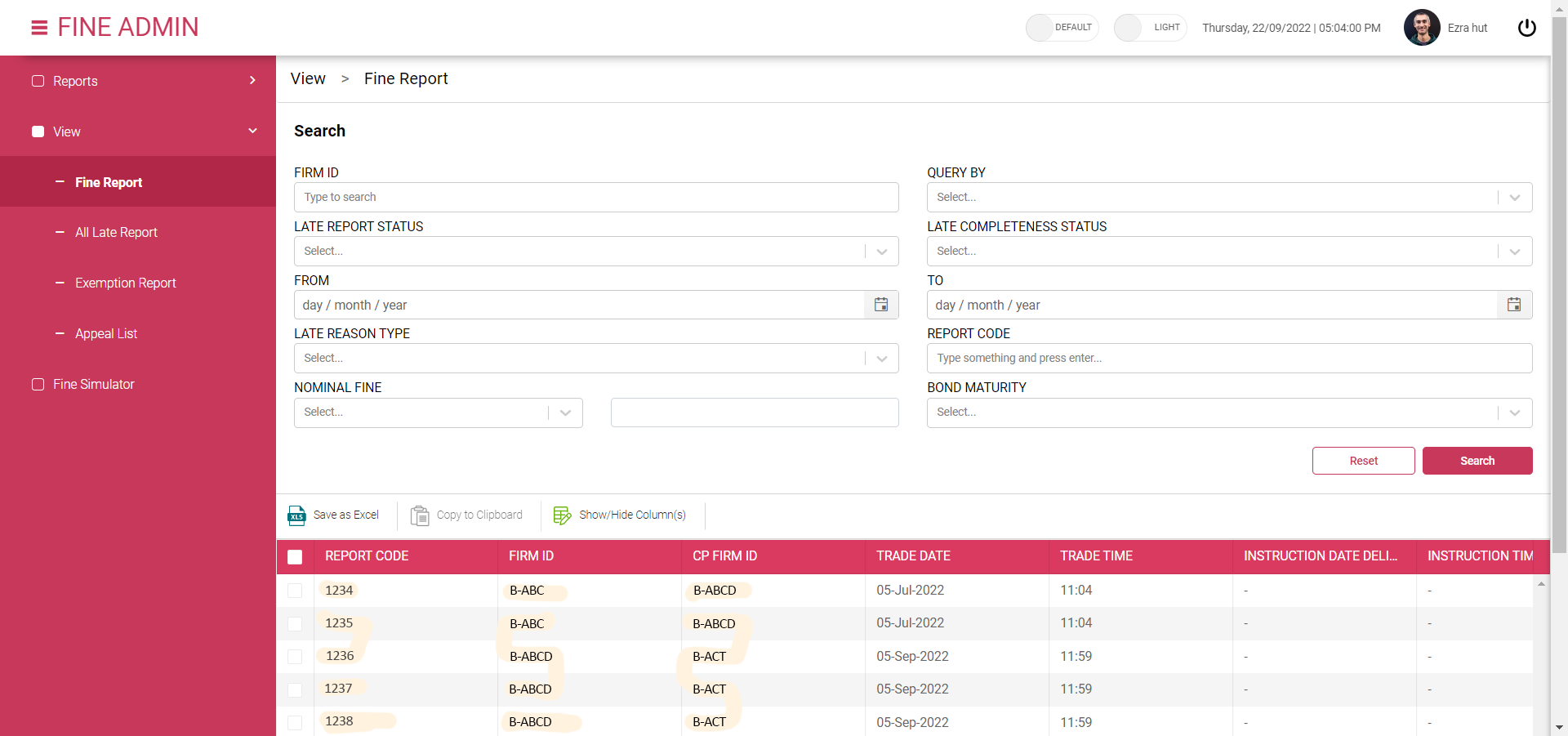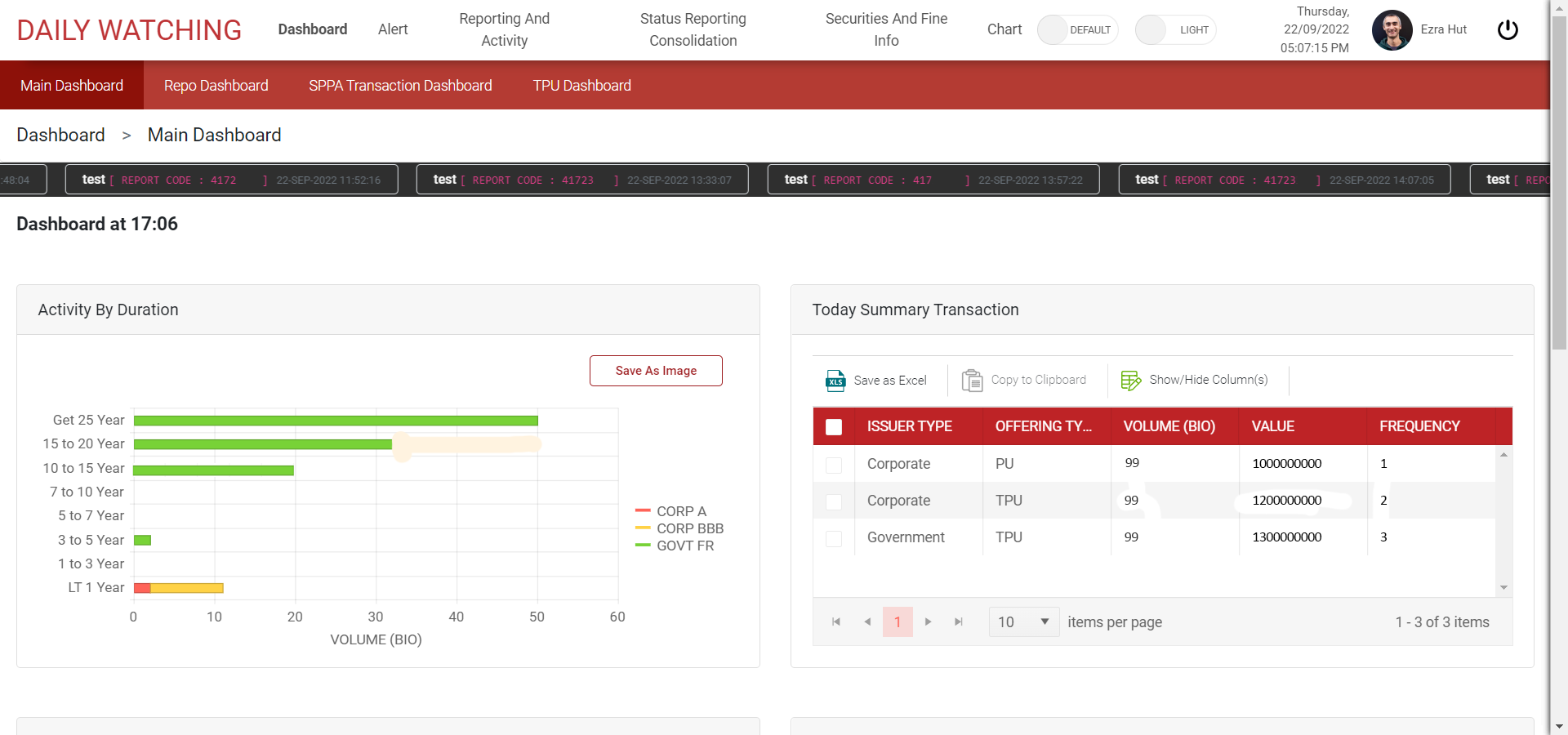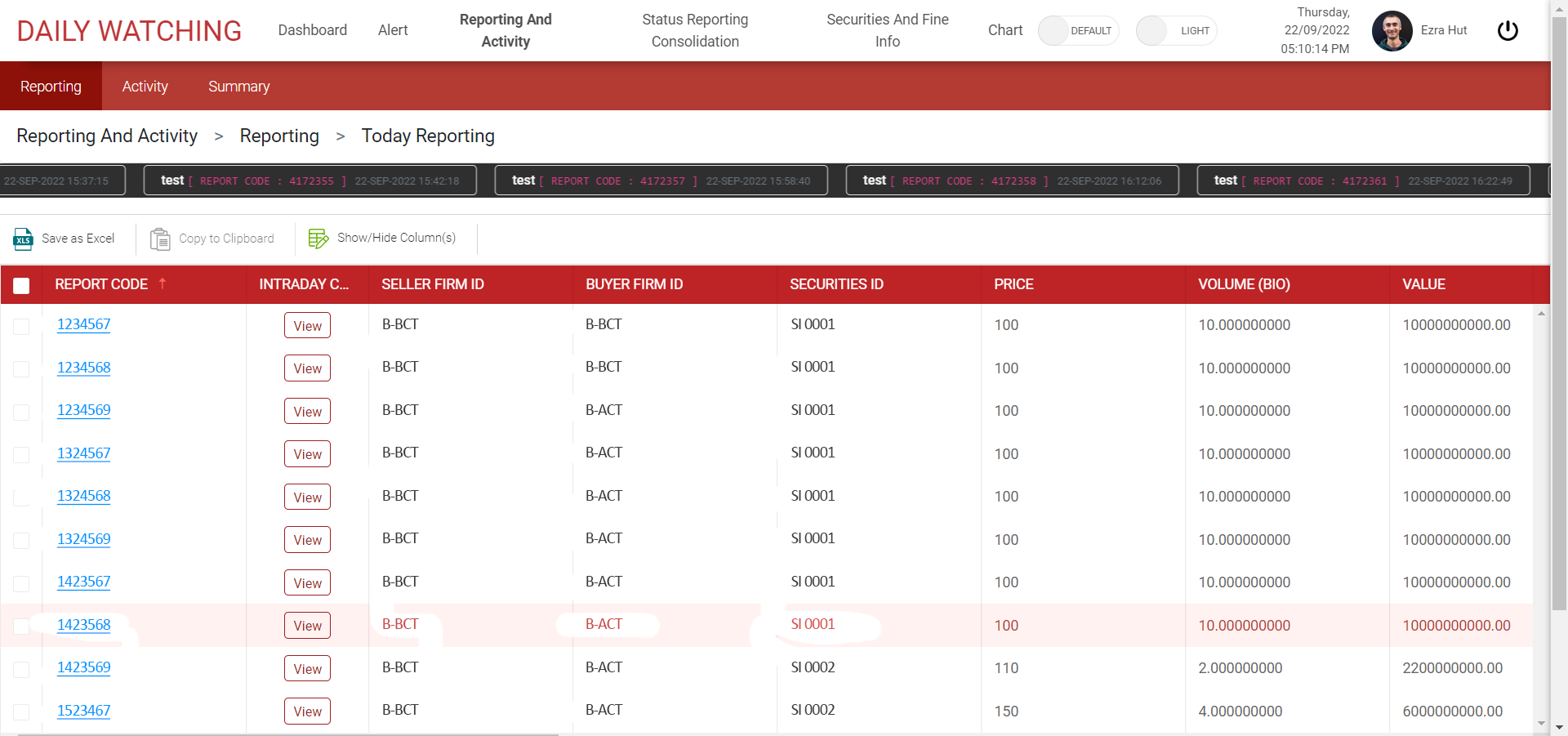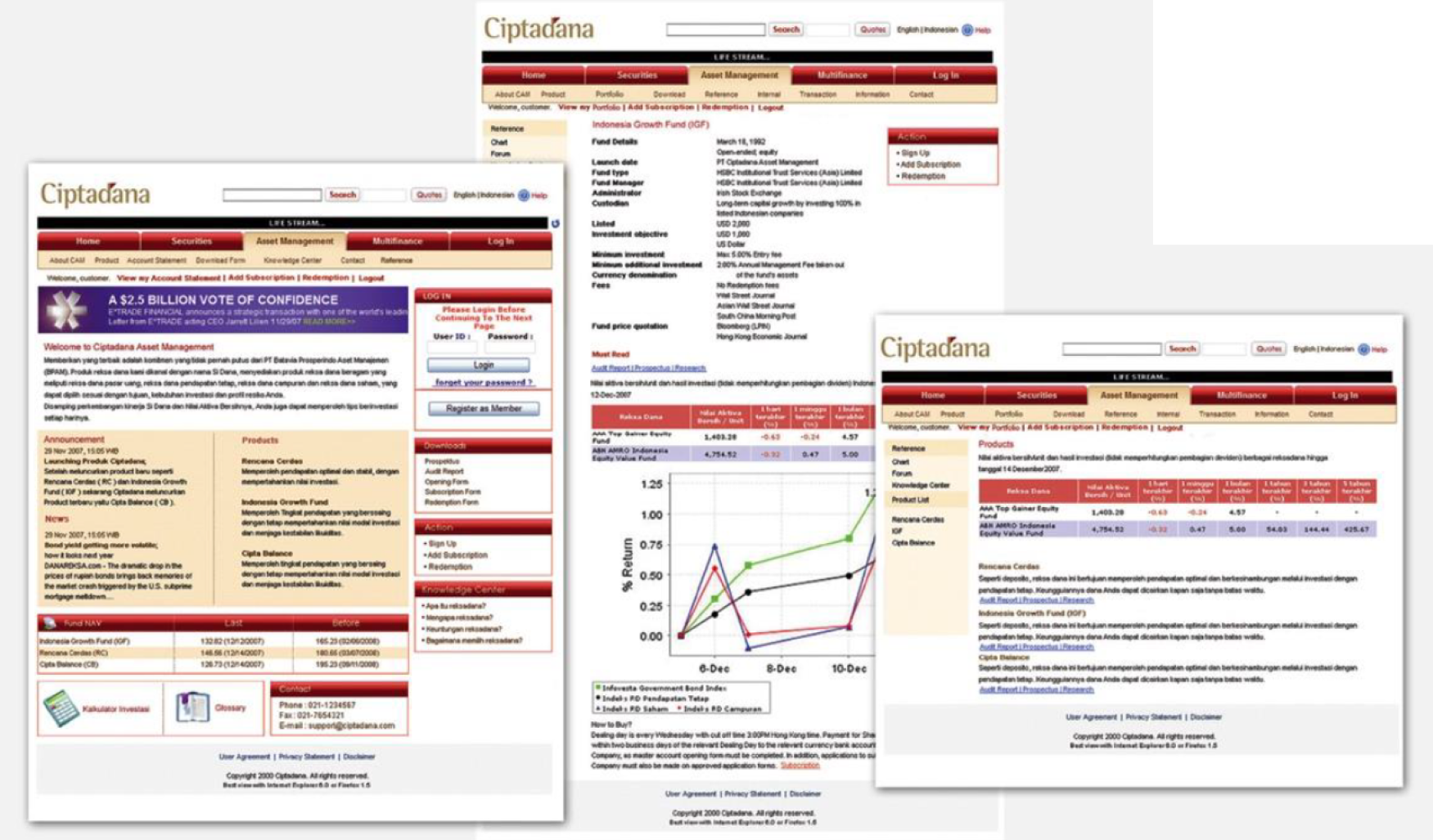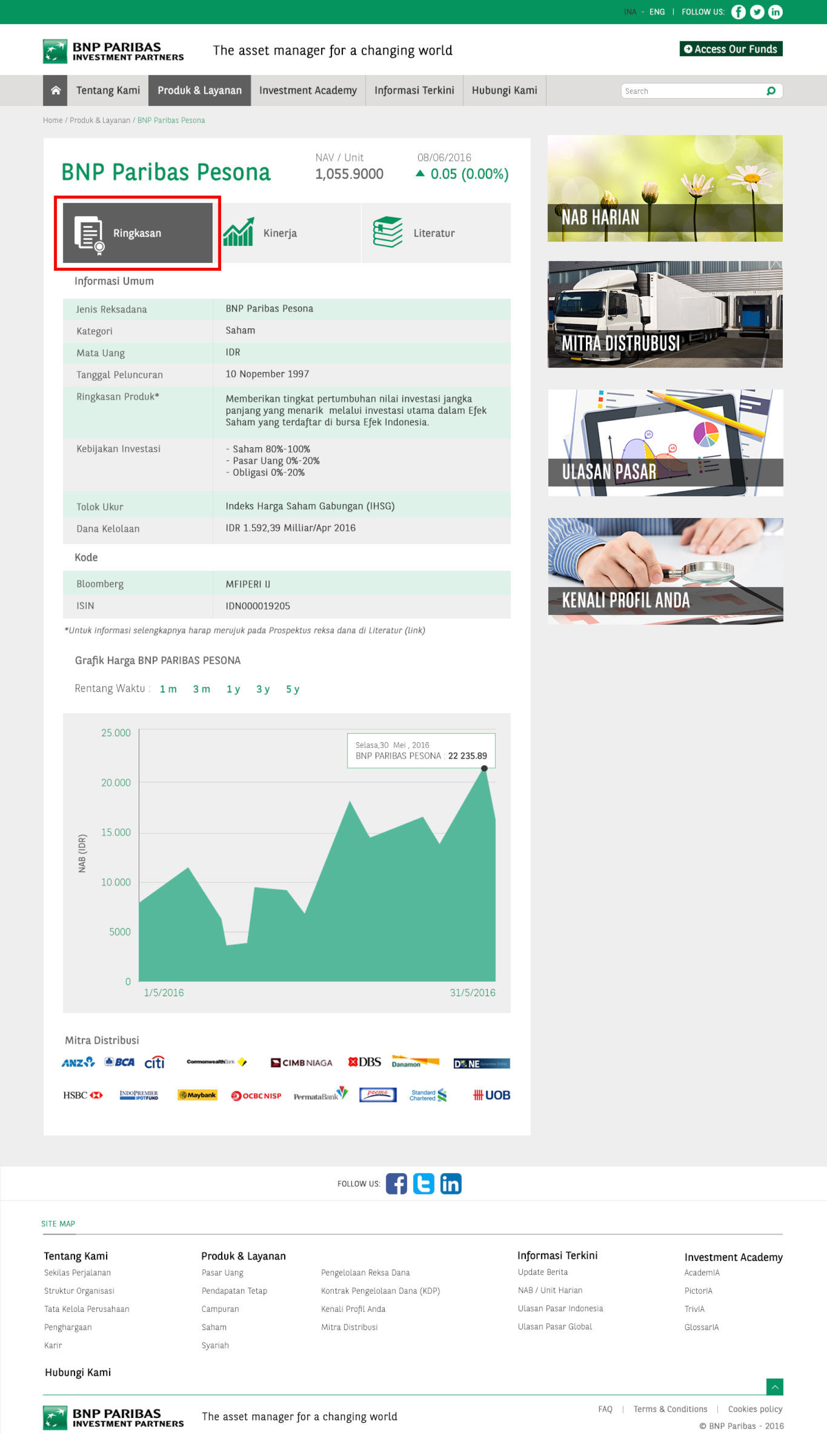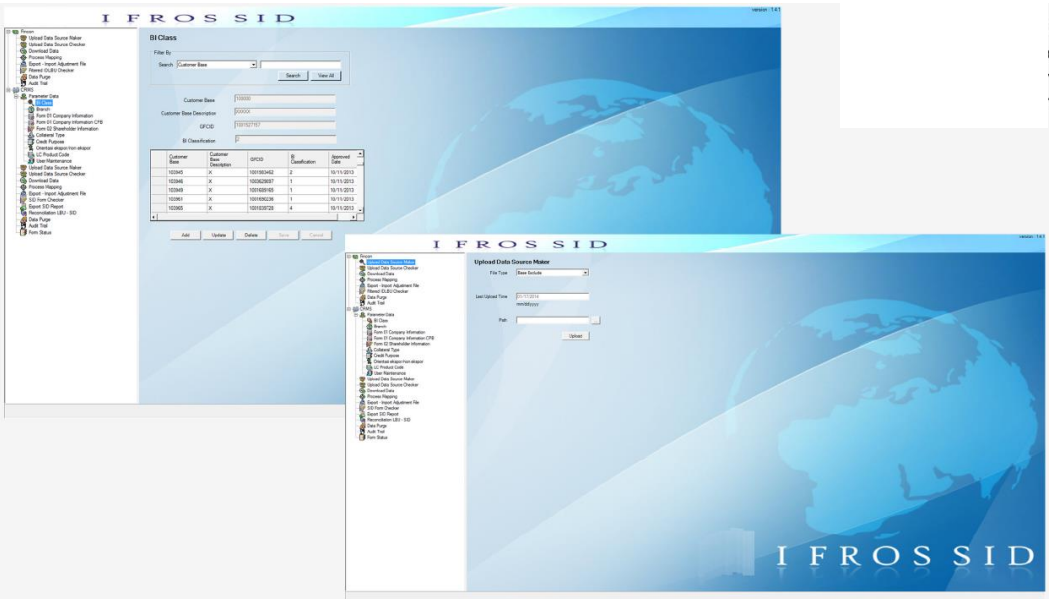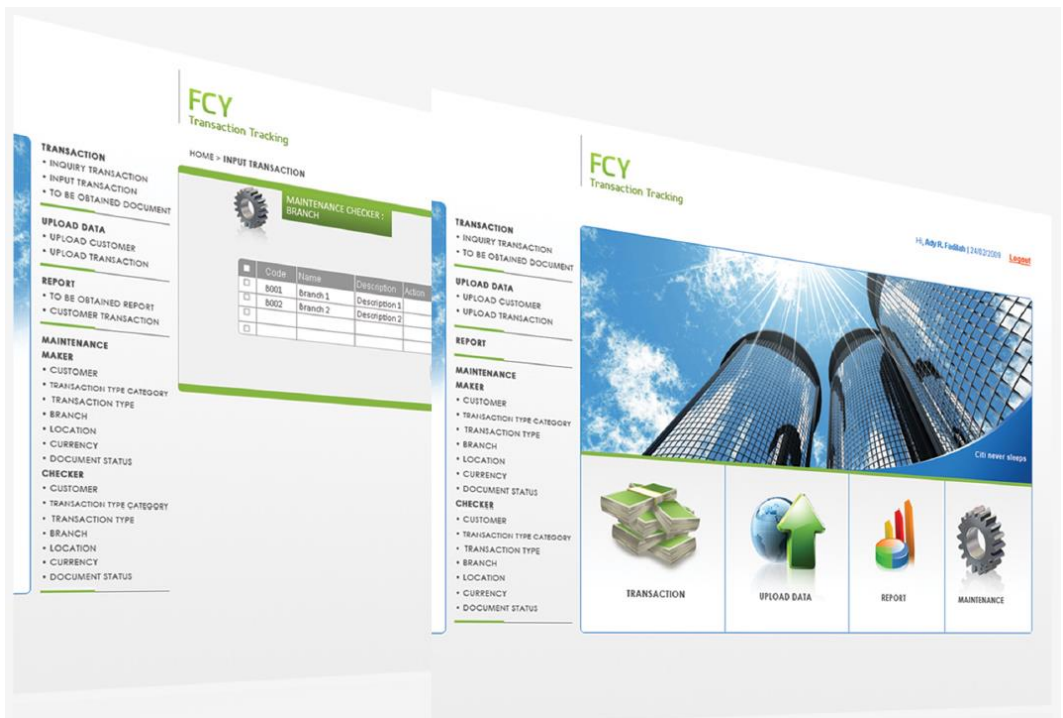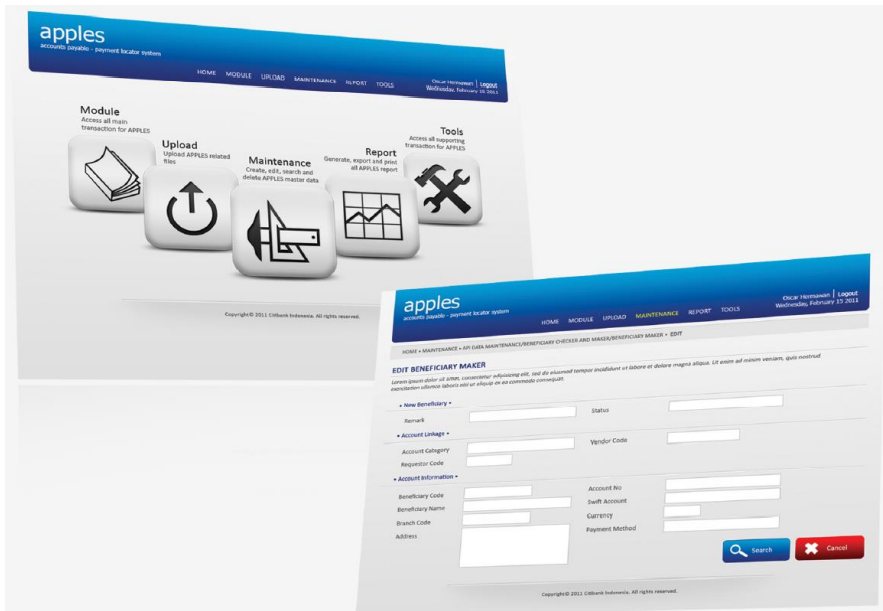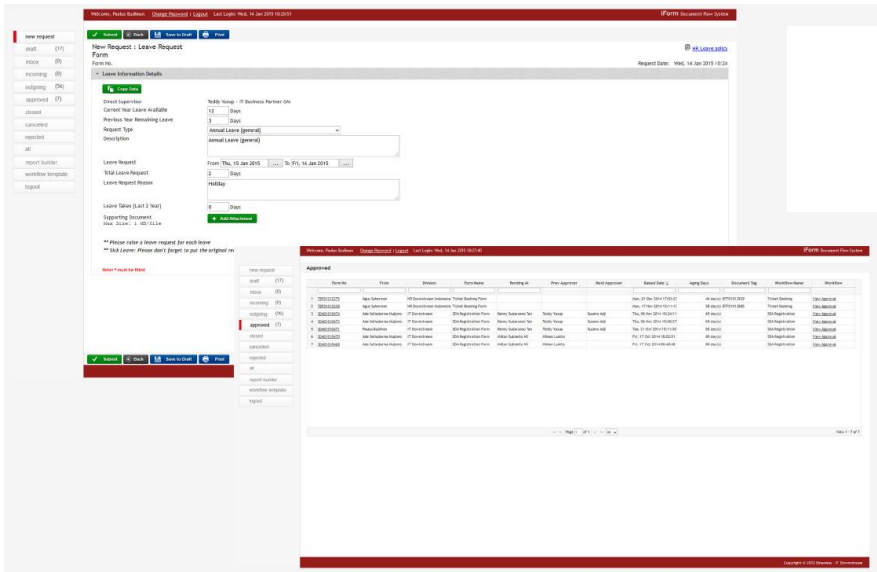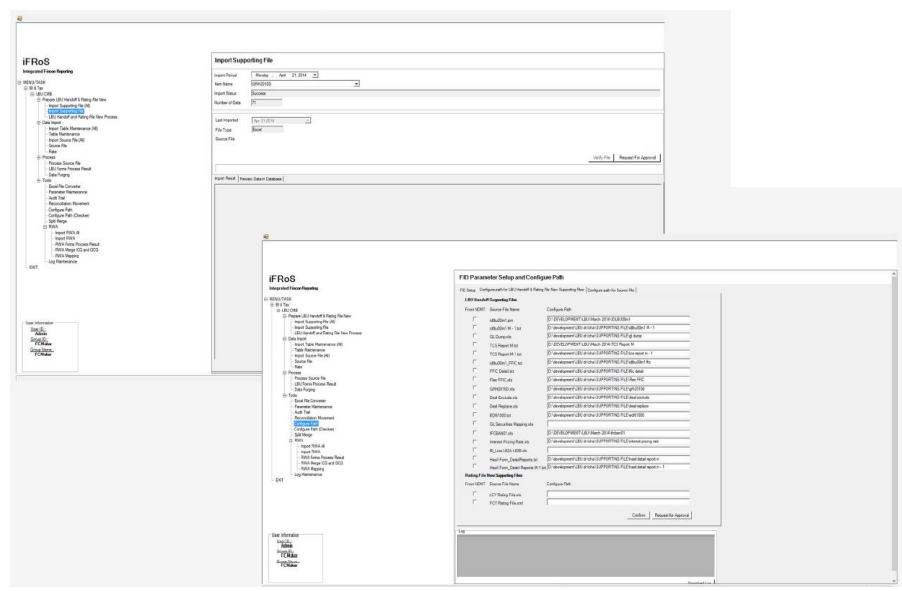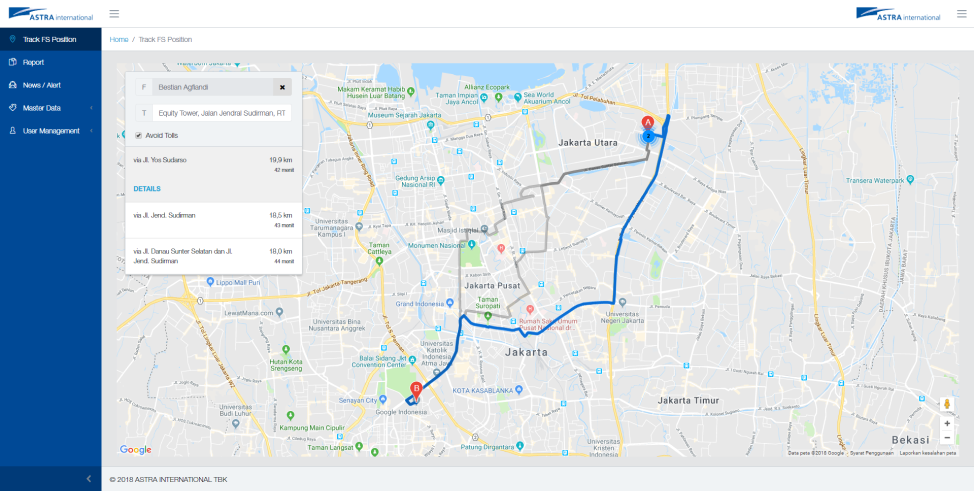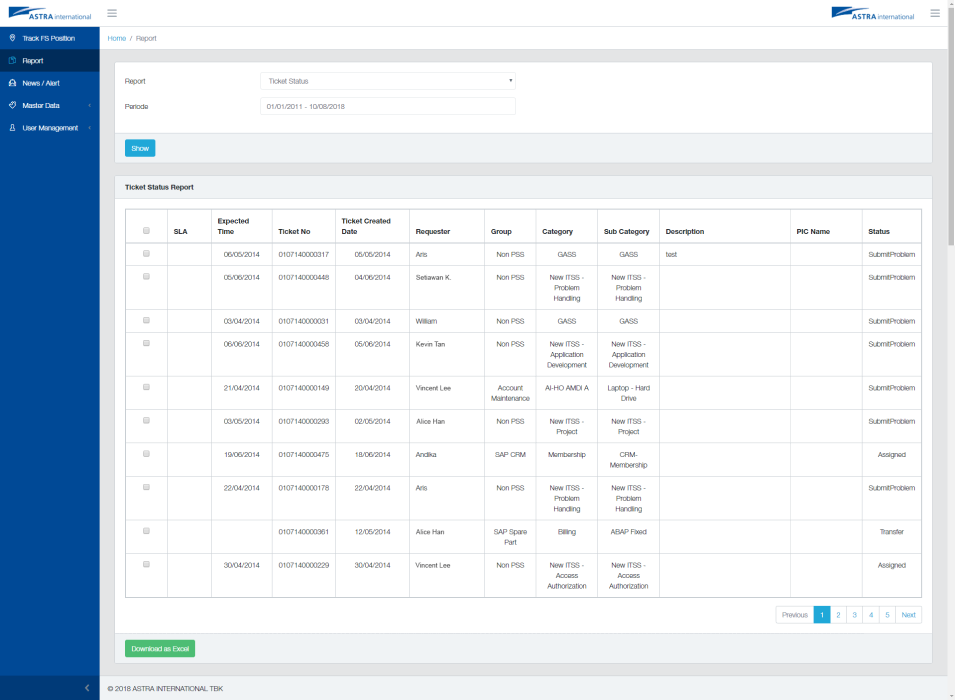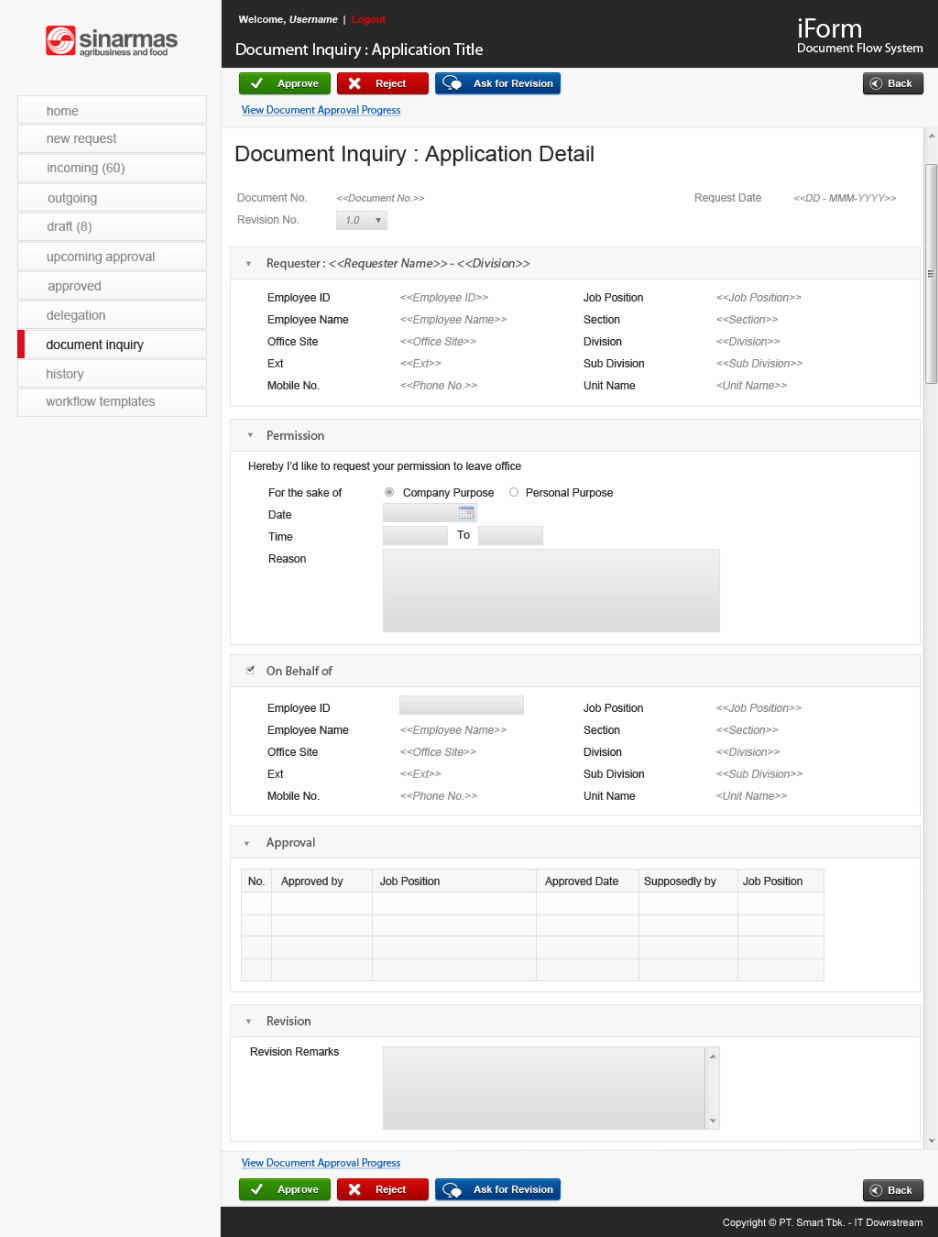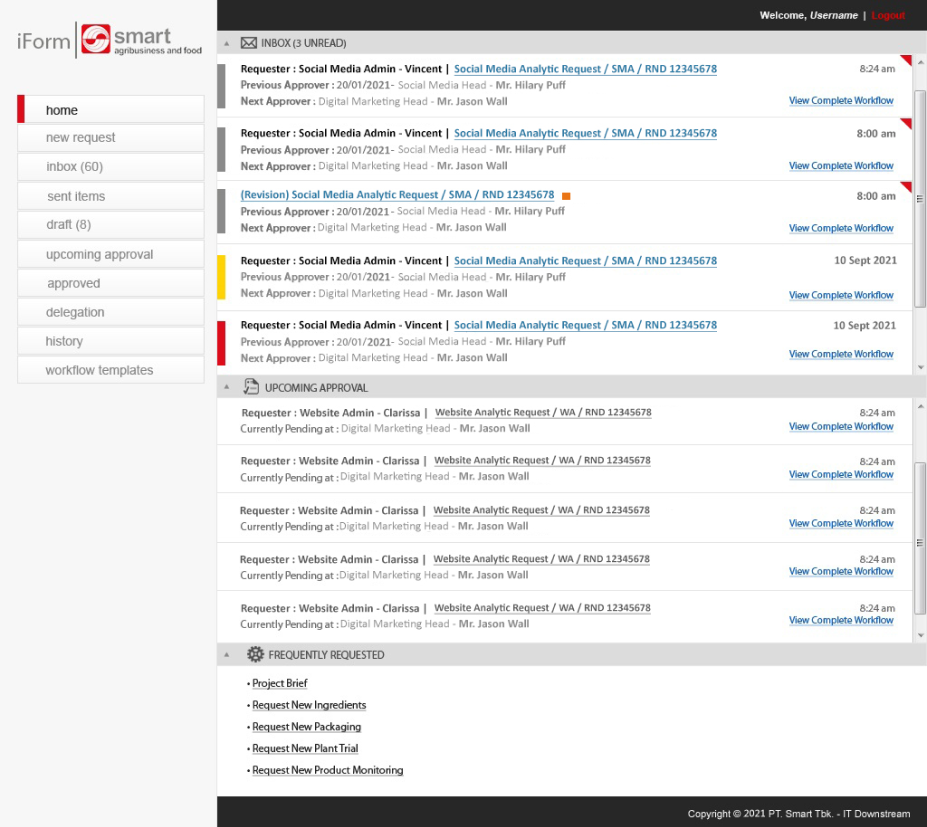In the midst of rapid advancements in artificial intelligence, one technology continues to capture global attention: OpenAI’s Generative Pre-trained Transformer. Known for its ability to produce coherent, human-like text, these language models have evolved significantly in recent years. With the latest iterations: GPT 3.5 & 4, OpenAI has pushed the boundaries of what AI can achieve.
In this article, we’ll explore the key differences between these two powerful models, examine how they improve on previous versions, and discuss the potential impact they may have across industries.
A Quick Look at Generative Pre-trained Transformers
Developed by OpenAI, Generative Pre-trained Transformers have redefined natural language processing (NLP). Since its early iterations, the technology has served as a cornerstone for AI-powered tools used by developers, researchers, and businesses worldwide.
Both GPT 3.5 and 4 represent milestones in this evolution, with significant improvements in performance, scalability, and usability.
How GPT 3.5 Improved AI Language Tasks
Released as a refinement of earlier models, version 3.5 impressed with its enhanced accuracy in generating human-like responses. With 175 billion parameters, it became a benchmark for NLP tasks, excelling in areas such as:
-
Translation
-
Summarization
-
Creative writing
Its impact spanned industries, from content creation to virtual assistants, marking a new standard for AI-powered communication tools.
What Sets GPT 4 Apart
The introduction of version 4 elevated expectations within the AI community. With 410 billion parameters, it not only surpassed its predecessor in scale but also introduced advancements that improve AI interactions.
Key Enhancements Include:
-
Stronger contextual understanding: GPT 4 processes entire paragraphs with greater nuance, delivering more coherent outputs.
-
Broader knowledge base: A larger, more diverse training dataset improves accuracy and relevance.
-
Advanced zero-shot learning: The model handles tasks it hasn’t explicitly been trained on with greater precision.
-
Better control and adaptability: Users can guide outputs more effectively to meet specific needs.
For developers, GPT 4’s enhanced code generation capabilities offer a significant productivity boost.
Real-World Performance Comparison
While GPT 3.5 set a high bar, GPT 4 continues to raise expectations. Where version 3.5 demonstrated strong language generation, version 4 delivers:
-
Greater consistency in longer conversations
-
Improved handling of nuanced prompts
-
Reduced reliance on fallback strategies for complex queries
These advancements make it especially valuable for AI applications like chatbots, content generation, and enterprise solutions.
Training Innovations Behind GPT 4
One of GPT 4’s standout features is its evolved training methodology. While GPT 3.5 relied largely on unsupervised learning, GPT 4 incorporates both unsupervised and supervised techniques, allowing it to:
-
Grasp complex concepts more effectively
-
Generate more accurate, context-aware responses
Fine-tuning processes have also become more efficient, requiring less manual effort and allowing for quicker adaptation to specific tasks or industries.
Which Model is Right for You?
Choosing between GPT 3.5 & 4 depends largely on your specific use case.
-
GPT 3.5 may suffice for general content generation or basic automation.
-
GPT 4 offers significant advantages for those needing advanced reasoning, deeper contextual understanding, and more control over outputs.
If your work depends on sophisticated AI-generated content — whether for marketing, customer service, or technical applications — the newer model may offer a worthwhile return on investment.
Final Thoughts
The rapid development of AI models like GPT 3.5 and 4 underscores how far natural language processing has come — and how far it will likely go. Both models offer powerful solutions, but the choice ultimately hinges on your goals, resources, and expectations.
If you’d like to stay updated on AI trends or need tailored IT consulting, follow us on Instagram or our Insight page.


